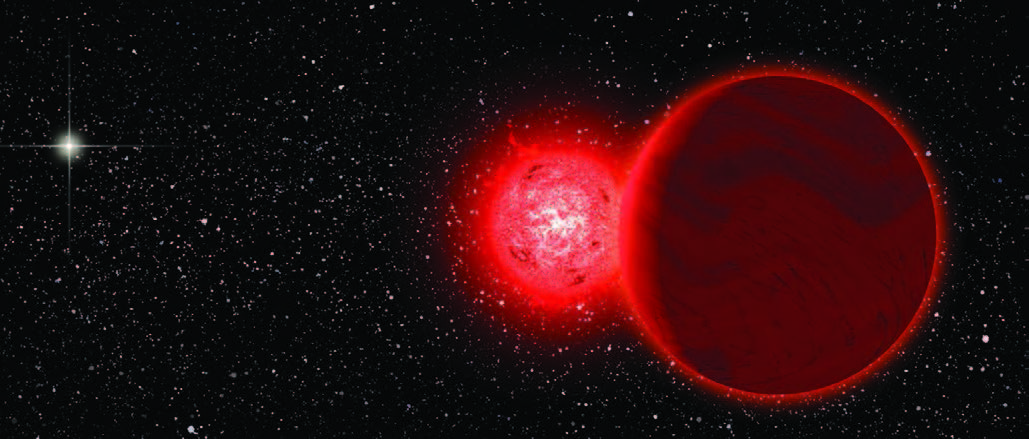
NEW DELHI (TIP): About 70,000 years ago, a runaway star wandered into our solar system’s backyard, an international team of astronomers have found. The rogue star, nick-named “Scholz’s star” after its discoverer, penetrated into the Oort Cloud, a frozen graveyard in the very outer most reaches of the solar system from where many comets are likely to originate.
The group of astronomers from the US, Europe, Chile and South Africa was led by Eric Mamajek from the University of Rochester. Their findings are published in the Astrophysical Journal Letters.
The star’s trajectory suggests that 70,000 years ago it passed roughly 52,000 astronomical units away (or about 0.8 light years, which equals 8 trillion kilometers, or 5 trillion miles). This is astronomically close; our closest neighbor star Proxima Centauri is 4.2 light years distant. No other star is known to have ever approached our solar system this close.
After grazing the solar system, Scholz’s star has continued traveling and it is now some 20 light years away in the constellation of Monoceros. at the closest point in its flyby of the solar system, Scholz’s star would have been a 10th magnitude star – about 50 times fainter than can normally be seen with the naked eye at night. It is magnetically active, however, which can cause stars to “flare” and briefly become thousands of times brighter. So it is possible that Scholz’s star may have been visible to the naked eye by our ancestors 70,000 years ago for minutes or hours at a time during rare flaring events.
The scientists studied the star’s current direction and speed and then worked backwards to reach the conclusion that it must have passed through the Oort Cloud.
The star is part of a binary star system: a low-mass red dwarf star (with mass about 8% that of the Sun) and a “brown dwarf” companion (with mass about 6% that of the Sun). Brown dwarfs are considered “failed stars;” their masses are too low to fuse hydrogen in their cores like a “star” but they are still much more massive than gas giant planets like Jupiter.
The outer Oort Cloud is a region at the edge of the solar system filled with trillions of comets a mile or more across that are thought to give rise to long-term comets orbiting the Sun after their orbits are perturbed.
Until now, the top candidate for the closest known flyby of a star to the solar system was the so-called “rogue star” HIP 85605, which was predicted to come close to our solar system in 240,000 to 470,000 years from now. However, Mamajek and his collaborators have also demonstrated that the original distance to HIP 85605 was likely underestimated by a factor of ten. At its more likely distance – about 200 light years – HIP 85605’s newly calculated trajectory would not bring it within the Oort Cloud.
While the close flyby of Scholz’s star likely had little impact on the Oort Cloud, Mamajek points out that “other dynamically important Oort Cloud perturbers may be lurking among nearby stars.” The recently launched European Space Agency Gaia satellite is expected to map out the distances and measure the velocities of a billion stars. With the Gaia data, astronomers will be able to tell which other stars may have had a close encounter with us in the past or will in the distant future.





Be the first to comment